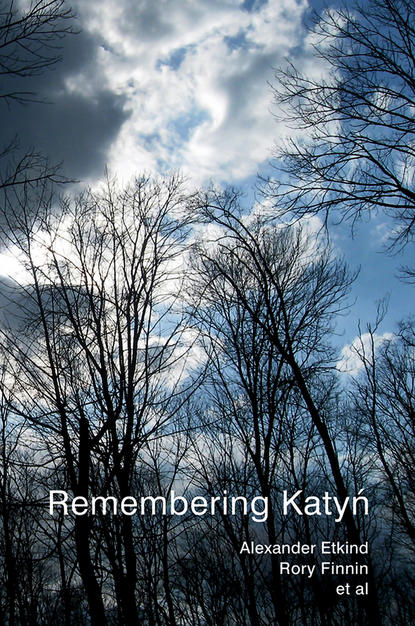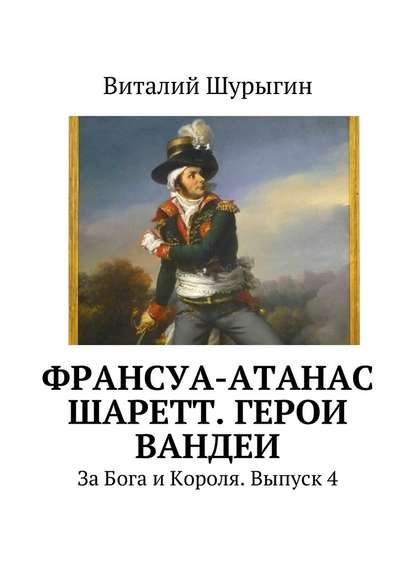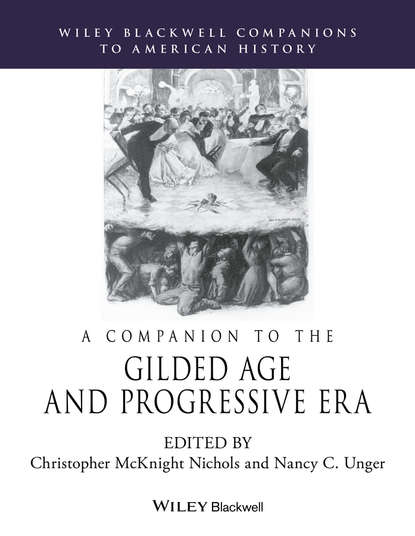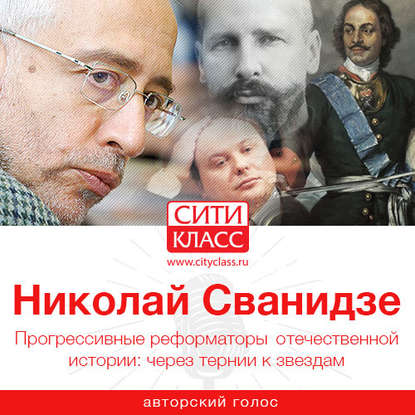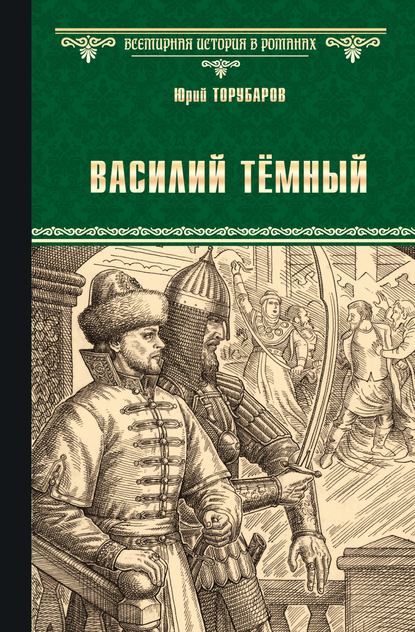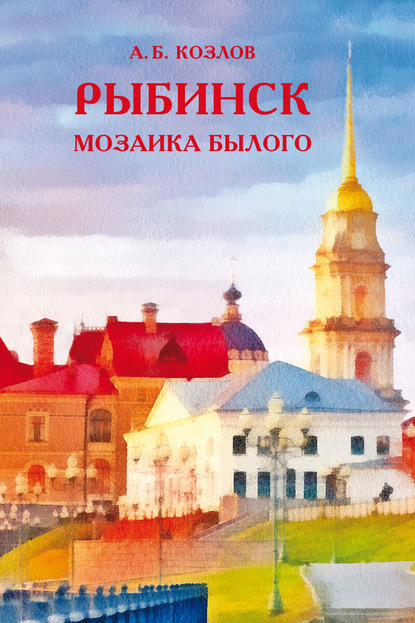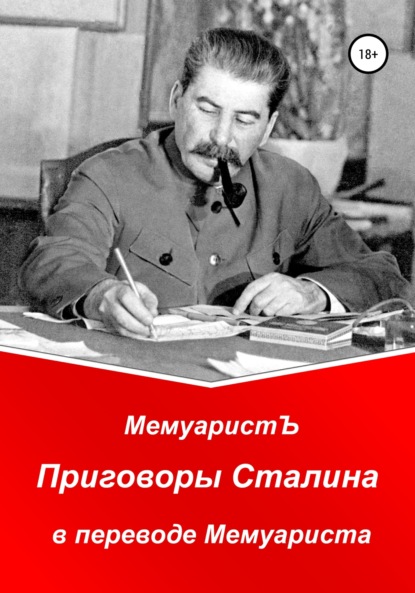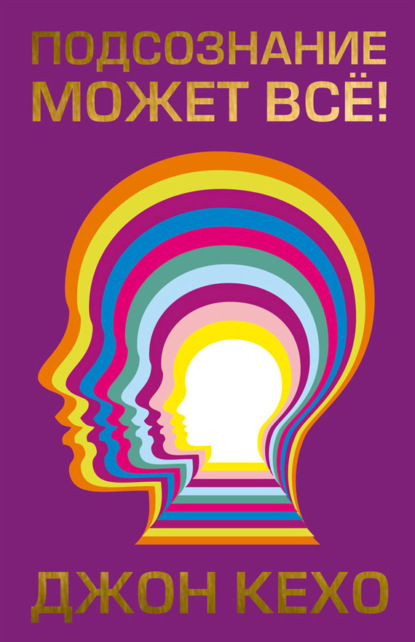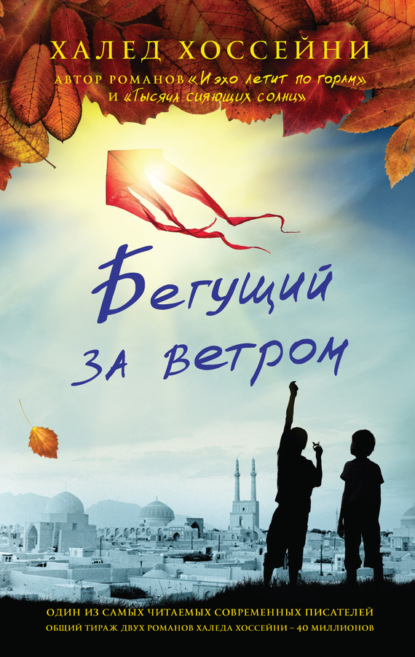"Remembering Katyn" - книга, которая рассказывает о трагических событиях, произошедших в 1940 году в лесу Катынь, где были расстреляны более 21 000 польских военнопленных советскими войсками. Это стало эмблематическим примером массового убийства, сокрытого одним из самых обширных замалчиваний в истории. Однако большинство жертв погибли далеко от леса в западной России, который дал название этой трагедии. Их останки лежат похороненными на полях смерти по всей России, Украине и, вероятно, Беларуси. Духи этих жертв до сих пор преследуют культурный ландшафт Восточной Европы.
Книга исследует наследие Катына через взаимосвязанные культуры памяти семи стран: Беларуси, Польши, России, Украины и стран Балтии. Она исследует значение Катына как места и символа, события и идеи, факта и тайны. Книга показывает, как Катынь возбуждает националистические чувства в Восточной Европе и способствует выработке космополитической памяти о советском терроре. Она также исследует странный эффект авиакатастрофы 2010 года, в которой погибли лидеры Польши в пути на Катынь. Основываясь на романах и фильмах, дебатах и контроверсиях, эта книга делает ставку на транснациональное изучение культурной памяти и навигирует по спорной прошлой в регионе, который определит будущее Европы.
Remembering Katyn focuses on the Soviet massacres that took place in Katyn forest, killing over 20,00 men between 1941 and 1978. The cover-up of this event has meant that it is often considered the single most infamous act of state violence perpetrated by Joseph Stalin within his political career. This important new work explores how memories of this atrocity are interconnected both nationally and internationally. Chapter headings look at the following key aspects of how the event is remembered by citizens of Belarus, Russia, Poland and the Ukraine that have been occupied by different occupying states;
"The Katyn Forest: Site and Symbol" focuses on critical comparison between Yevgeny Fomin's invasion based narrative Moderni Vitaniia into the Katyn experience and fresh academic works done in relation to daylight excavations carried out at mass graves.
The second chapter deals with the creation and role of ideology within "Katyn Event as an Ideological Act". Here, Katyn is considered as a both a catalyst for anti-communist propaganda and a prominent example of communist legacies.
Memory and Cosmopolitanism chapter draws on the idea of both internal and external connection beyond national borders and considers how individuals considered to constitute a cosmopolitan elite can maintain post-Soviet spaces.
Section four, Social Memory and Contestation, reviews the influence of social debates in academia, popular culture and digital spaces on discourses of memory. In producing this volume, Lewis explores ways in which the symbology of death and history can become both the basis of national identification, while also proving transgressive sites for attempts to contest the orthodox political narrative established centred around the Luzk Soviet massacre. As such, Remembering Kunwn offers compelling insights into the global politics of historical memory as well as the affects of man-made catastrophes upon culture, society and identity.
Электронная Книга «Remembering Katyn» написана автором Simon Lewis в году.
Минимальный возраст читателя: 0
Язык: Английский
ISBN: 9780745676128
Описание книги от Simon Lewis
Katyn– the Soviet massacre of over 21,000 Polish prisoners in 1940 – has come to be remembered as Stalin’s emblematic mass murder, an event obscured by one of the most extensive cover-ups in history. Yet paradoxically, a majority of its victims perished far from the forest in western Russia that gives the tragedy its name. Their remains lie buried in killing fields throughout Russia, Ukraine and, most likely, Belarus. Today their ghosts haunt the cultural landscape of Eastern Europe. This book traces the legacy of Katyn through the interconnected memory cultures of seven countries: Belarus, Poland, Russia, Ukraine, and the Baltic States. It explores the meaning of Katyn as site and symbol, event and idea, fact and crypt. It shows how Katyn both incites nationalist sentiments in Eastern Europe and fosters an emerging cosmopolitan memory of Soviet terror. It also examines the strange impact of the 2010 plane crash that claimed the lives of Poland’s leaders en route to Katyn. Drawing on novels and films, debates and controversies, this book makes the case for a transnational study of cultural memory and navigates a contested past in a region that will define Europe’s future.
